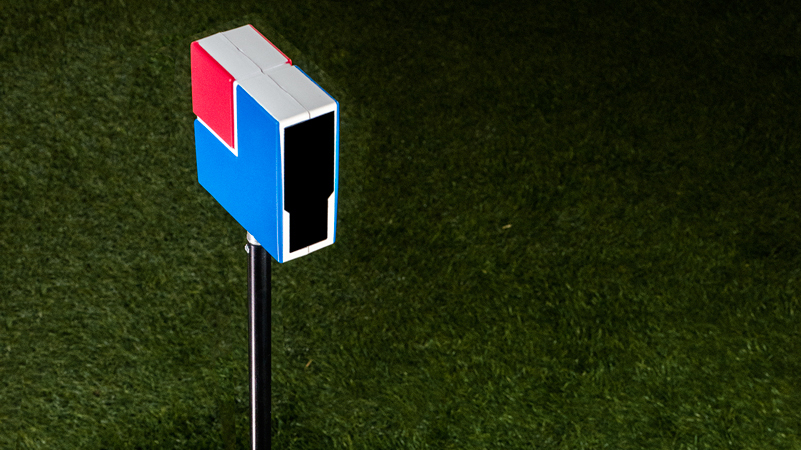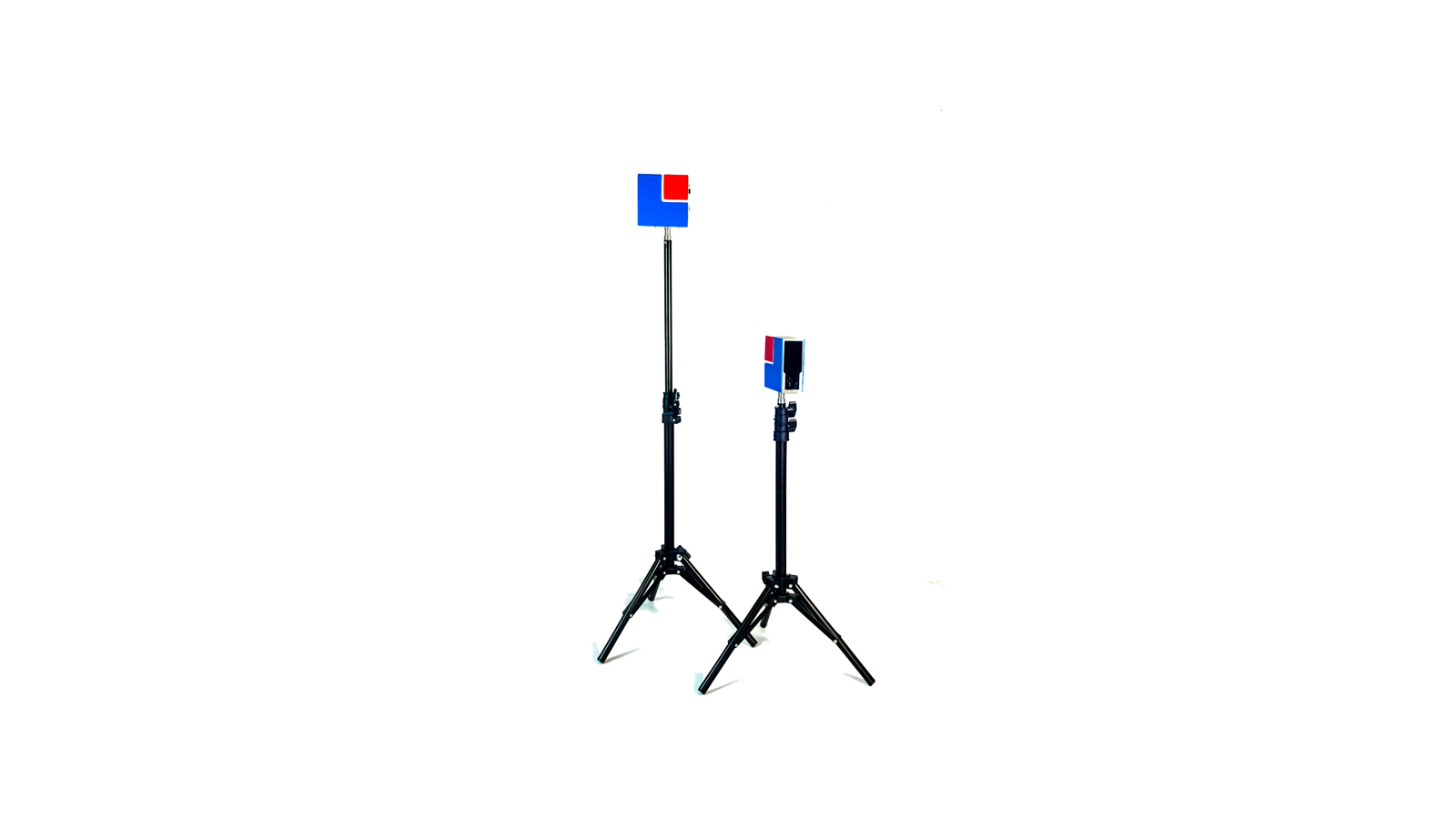Functions

Passive
InfraRed sensors
Thanks to this innovation, it is no longer necessary to have a reflector to align with the sensor beam: it is the athlete’s body that reflects the beam. The setup on the training field and the use become immediate, furthermore the reflector doesn’t interfere with other athletes. It is possible to calibrate the photocell sensitivity to tune the desired range.

Integrated
loudspeaker
A photocell in each system is provided with a real audio synthesizer, that allows to reproduce the starting sequence from the blocks (“On your marks” - “Get set” - shot) for an authentic simulation of race, a fundamental way to train reactivity and reflexes.

Advanced radio protocol with
transmission through encoding
Pairing a new sensor with the tablet couldn’t be easier: you only need to put them close to each other! Thanks to the coded transmission and to the built-in clock and memory, every timestamp is sent to the tablet with the highest accuracy and no chance of loss, while many systems don’t interfere with each other, even on the same field.

Simple
setup
Sensors can be easily installed on the tripod (designed to be opened with just one gesture) or on the clamp that we supply for free, a compact accessory that turns out to be fundamental during innovative training sessions (just think about the potential of fixing sensors on the hurdles or on other training tools).

External
input
Every sensor is provided with a 3.5” jack input that allows other accessories - either by LISPORT or by other brands - to be plugged in to enrich Leonardo user experience even more. Starting platform, button, and other external inputs become part of timekeeping.
Technical characteristics
| Radio range | 160m |
| Sensors per system | max 12 Sensors |
| InfraRed range | 10-280cm with calibration |
| Battery | 10 hours by normal use |
| External input | 3.5” jack for connecting the external sensors |
| Communication protocol | Asynchronous polling, with synchronized clock |
| Buffer capacity | 100 timestamps |
| Radio module | 433MHz, 10 mW/td> |
| Resolution measurement | 0,5ms |
| Dimensions | 102x102x43mm |
| Weight | 203g |
| Working temperature | 0-45°C |



